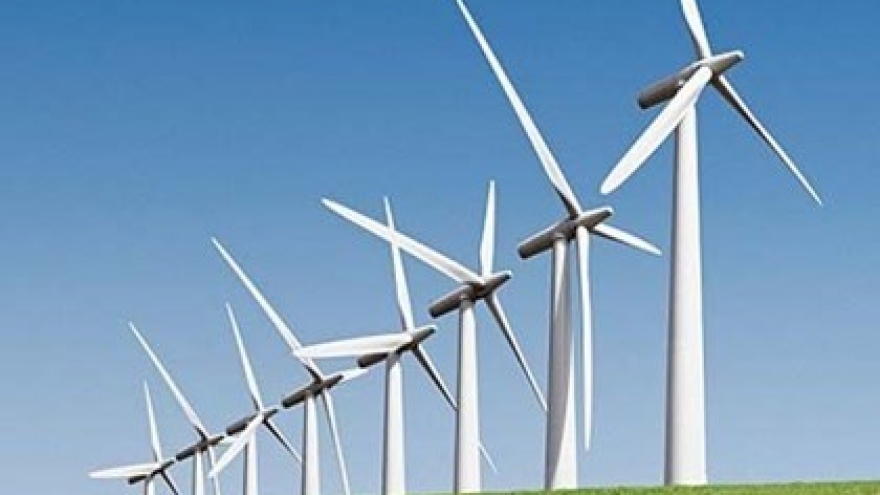Ample potential for Norwegian wind energy cooperation
Vietnam’s approach to sustainable energy and the emergence of wind energy in the market offer tremendous opportunities for Norwegian companies.

Commercial counsellor Arne-Kjetil Lian, director of Innovation Norway in Vietnam, shared with Vietnam Investment Review the prospects of Norwegian and Vietnamese companies in co-developing wind energy.
How do you estimate the potential of Vietnam’s renewable energy market for Norwegian investors?
Vietnam has a more than 3,200km-long costal line which could become an important factor in the regional offshore wind supply chain. The EU-Vietnam Free Trade Agreement (EVFTA) has been in effect since August 1, so locally-manufactured wind power equipment such as towers and turbines can be exported to European territories under very favourable tariffs.
However, the country seems to be not prepared for it yet. Last year, it was a pity that Vietnamese companies missed a chance to provide materials and equipment for a Taiwanese offshore wind project as they could not prove the required capacities and competences.
Nevertheless, Vietnam is rich in offshore wind potential, estimated at 475GW. According to the highest growth scenario by the World Bank, offshore wind can accommodate 5 and 27% of national power demand by 2030 and 2050, respectively. To materialise this potential, Vietnam should build up its own offshore wind supply chain as soon as possible, and Norway is in a unique position to help with this endeavour.
What strengths does Norway bring to the table to help Vietnam?
Vietnam and Norway have similarities in size and their long coastlines. Both countries have a substantial oil and gas industry, and the ocean economy plays an important role. Norway has one of the world’s most developed petroleum industries with state-of-the-art technology, contributing about 50% to the country’s total export income. Norway wants to leverage its competences within offshore activities in the oil and gas sector and transform and develop offshore wind power projects with this experience.
Equinor, the largest Norwegian state-owned oil and gas corporation, is an example for successfully transferring experience from oil and gas into offshore wind projects. Thanks to a well-developed offshore wind supply chain, Equinor was able to reduce investment cost of offshore wind projects by 60 per cent in comparison with the first projects. Last year, the company and its partner SSE were awarded contracts to develop three large-scale offshore wind projects in the Dogger Bank region of the North Sea.
This will be the world’s biggest offshore wind farm with a total installed capacity of 3.6GW. The clearing prices for these projects were US$51 per MWh for Creyke Beck A and £42 ($54) per MWh for the Creyke Beck B.
Thus, Norway can share its experience of moving from oil and gas to offshore wind and help Vietnam to develop its offshore wind industry and supply chain.
What are the possibilities for both countries’ companies to boost cooperation in the renewable energy field?
There are huge opportunities for Norwegian companies to cooperate with Vietnamese ones through partnership arrangements in which Norwegians will provide technology, designs, and support to local partners, who can then manufacture steel structures and equipment with international standards at affordable cost.
As a result, Norwegian companies and its local partners can gradually build up Vietnam’s offshore wind supply chain to provide goods and services for the entire offshore wind industry in the region.
For instance, Slåttland Vietnam has a fruitful partnership with Vietnamese companies. Slåttland has entered Vietnam in 2008 and started with a small office in the southern province of Ba Ria-Vung Tau. Later on, the company developed its business model and cooperated with seven local companies there to produce subsea mechanical structures for export.
Moreover, Slåttland provides designs and supervision to local partners. Meanwhile, Vietnamese companies provide labour, machines, and warehouses.


